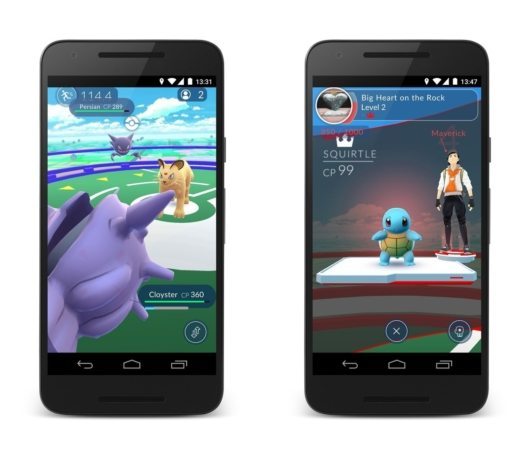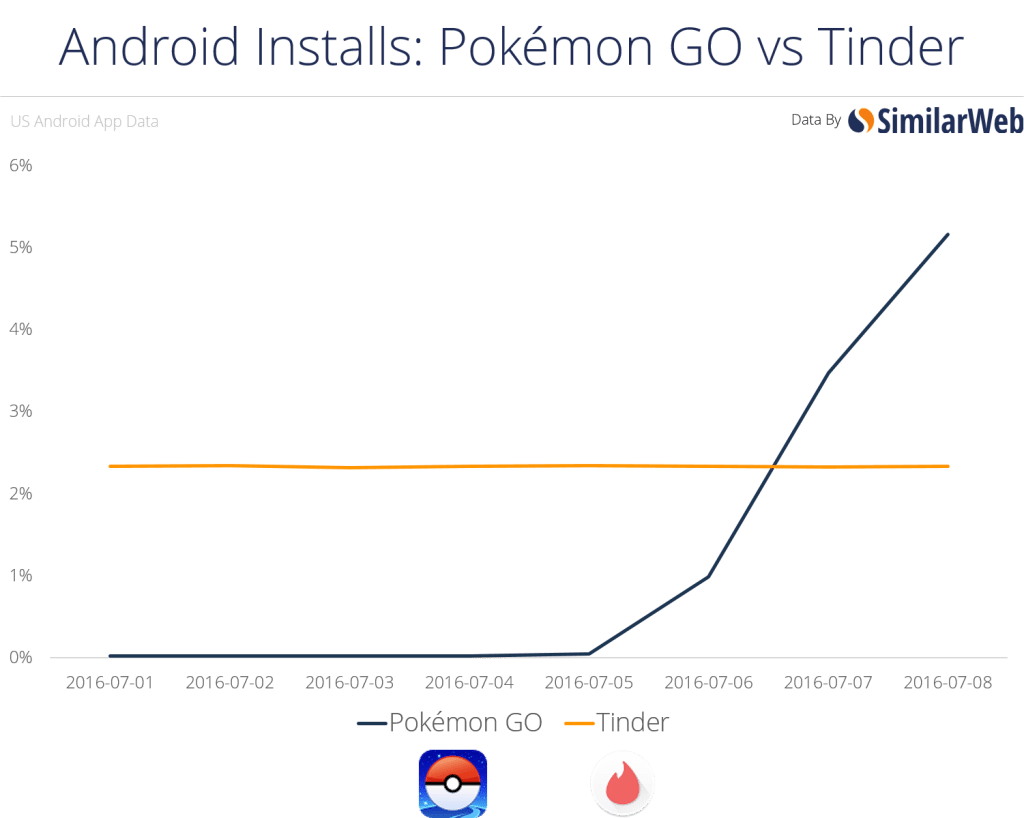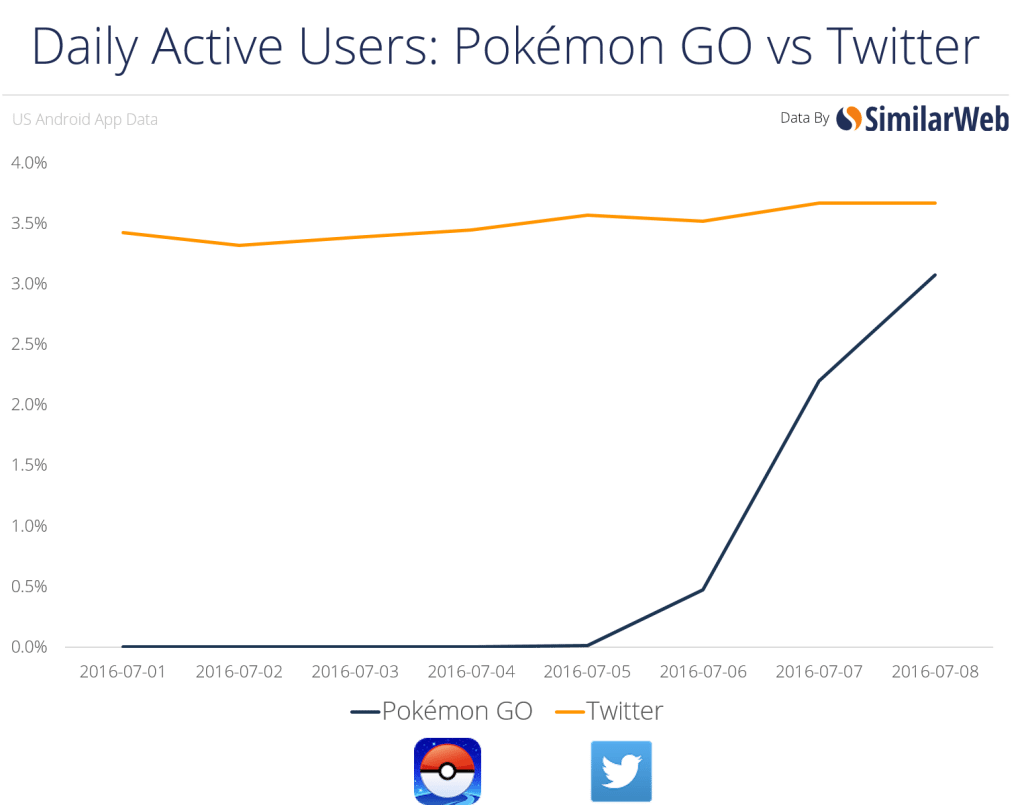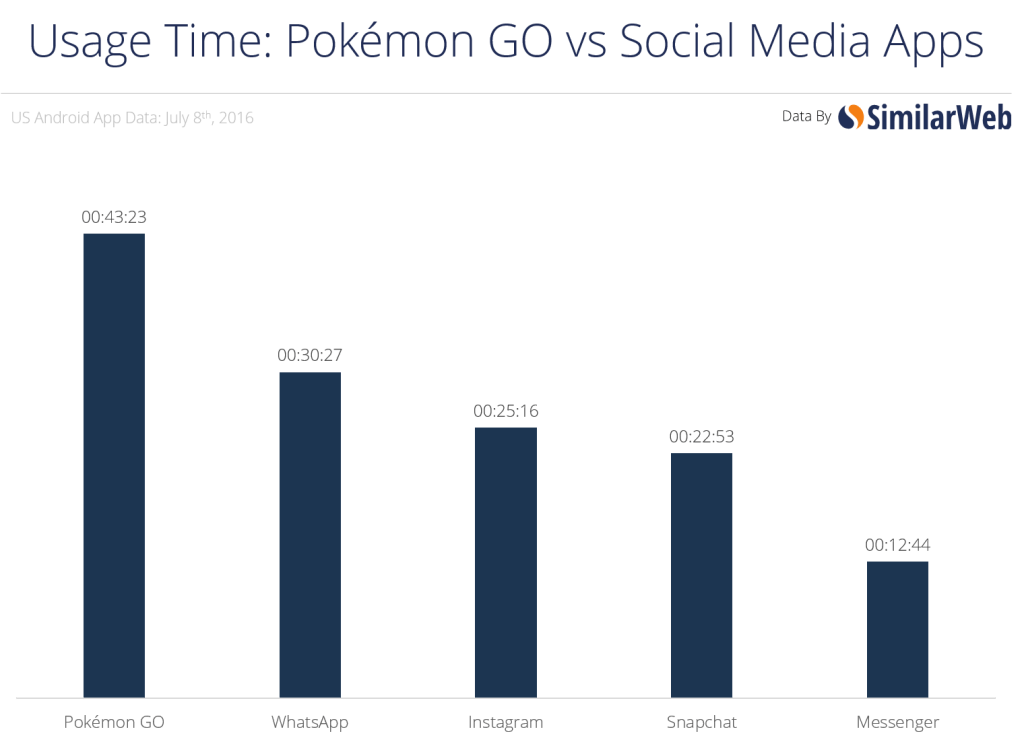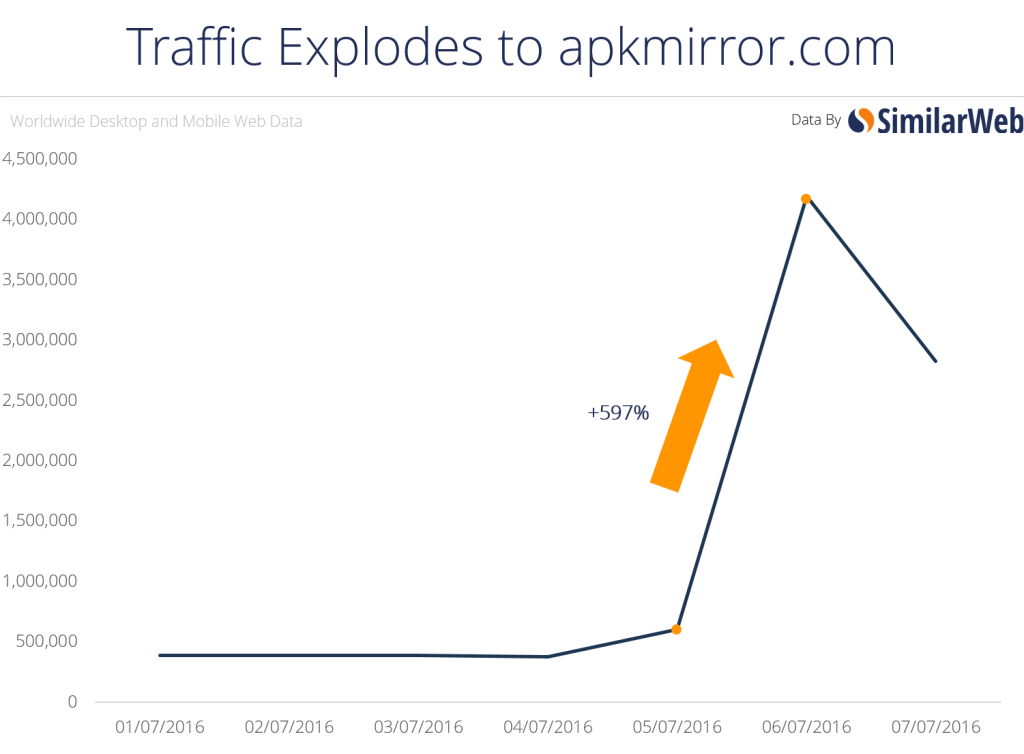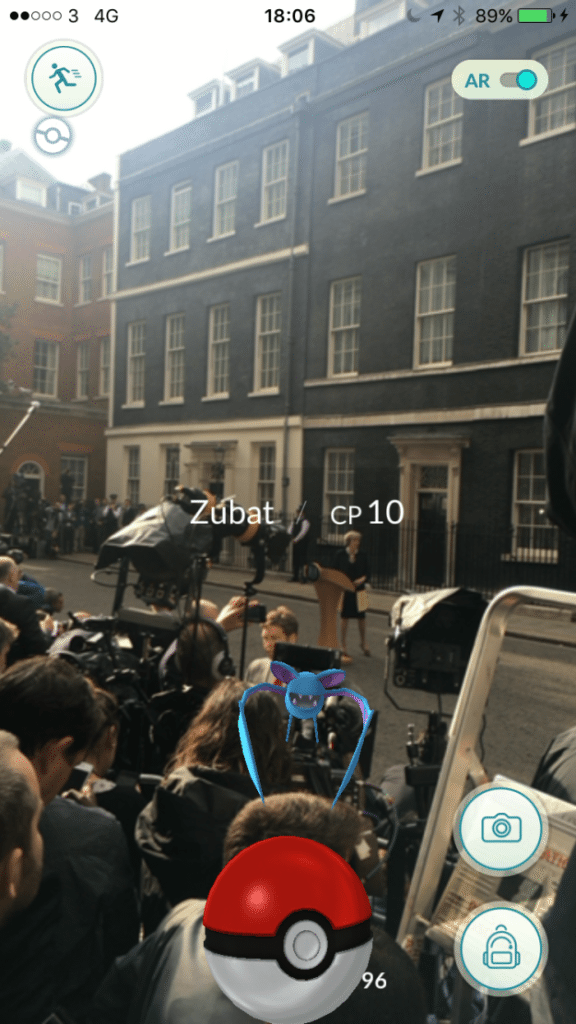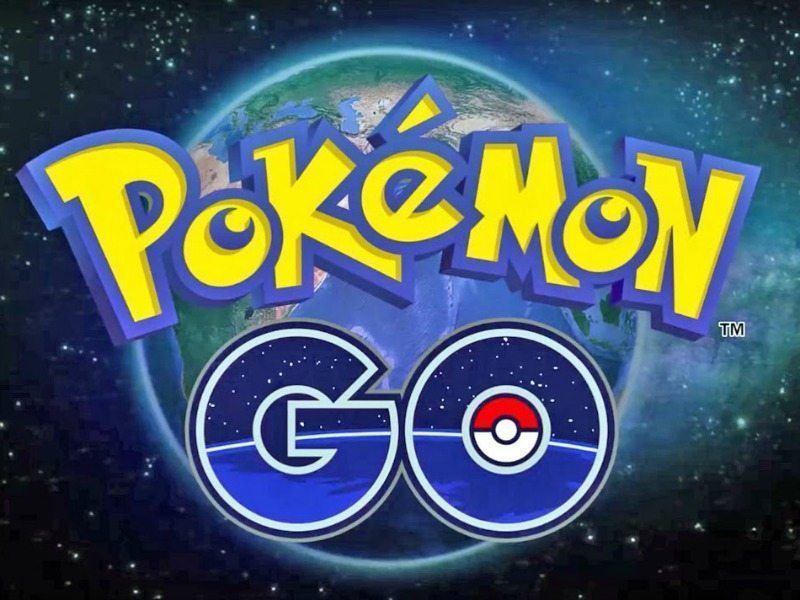
Unless you’ve been hiding under a rock, you may have noticed the rise of Pokémon Go. It’s been in the news everywhere, mainly because kids seem to be gathering in places they shouldn’t. Equally, the game has been responsible for everything from finding dead bodies to resurrecting other ones.
Mayhem as rare Pokémon appears in Central Park ... darn, I missed it :( https://t.co/W4EAGCINAX
— Chris Skinner (@Chris_Skinner) July 16, 2016
Man in New Zealand quits his job to play Pokemon Go full-time ... I'm quitting Pokemon Go to get a job https://t.co/30yb0nha5s
— Chris Skinner (@Chris_Skinner) July 16, 2016
Oh ffs - Pikachu pops up on Downing Street - BBC News https://t.co/mWJuzSODnL
— Chris Skinner (@Chris_Skinner) July 14, 2016
If you don’t know how the game works, it’s basically catching little monsters (Pokémon’s) as you walk around. The game is linked to our real world, and offers you that chance to chase and catch creatures. Jim Marous at The Financial Brand gives a good overview.
For those unfamiliar, Pokémon GO is a free mobile game that uses your phone’s GPS and camera to see tiny creatures called Pokémon (short for “pocket monster”) through the window of your phone, as if they exist in the real world. The object of the game is walk around your town, park, mall and business district catching these creatures along the way. Players can also visit Pokémon Gyms to train their creatures and PokéStops to collect items that help catch more Pokémon.
Equally, Similar Web provides a great insight into how the game has taken off so rapidly:
As of now, the app is only (officially) available in the US, Australia, and New Zealand but in those countries, it has already caught fire. On July 8th, only 2 days after the app’s release, it was already installed on 5.16% of all Android devices in the US. If that doesn’t seem like much, consider that by Thursday, July 7th, Pokemon GO was already installed on more US Android phones than Tinder.
It’s not just on installs where Pokémon GO is killing it, on app engagement as well, the app’s usage has been unbelievably high. Over 60% of those who have downloaded the app in the US are using it daily, meaning around 3% of the entire US Android population are users of the app. This metric, which we refer to as Daily Active Users has put Pokémon GO neck and neck with Twitter, and in a few more days, Pokémon GO will likely have more Daily Active Users than the well-established social network.
In terms of Usage Time, Pokémon GO is taking up a ton of its user’s time. As of July 8th, the app was being used for an average of 43 minutes, 23 seconds a day, higher than Whatsapp, Instagram, Snapchat, and Messenger.
Outside of the US, users around the world have been trying to download Pokémon GO using an apk, bypassing the official app store. Since the app’s release, traffic to apkmirror.com absolutely exploded, increasing from just over 600,000 visits on July 5th to over 4 million visits on July 6th.
This traffic to APKMirror came mostly via Organic Search Traffic and over the 28 day period from June 10th to July 7th, 19.6% of desktop search traffic came from the search term “pokemon go apk”. In total, 30.5% of all desktop search traffic over this time period came from searches with the term “pokemon” in them.
Furthermore, the traffic to APKMirror has come from all over the world, with the US only accounting for 10.8% of the site’s desktop traffic over the last 28 days. After the US, users in Brazil are leading the charge to download Pokémon GO via an apk and are responsible for 8.2% of APKMirror’s traffic over the same time period.
This massive interest in Pokémon GO has helped Nintendo Co’s stock surge more than 20% and according to David Ingles of Bloomberg, Nintendo had their best one-day move since 1983.
All of this amazing achievement with virtually no marketing. Nothing like virality is there?
So why is this relevant to banking?
Well, Jim’s piece explores this in more depth along with other articles, such as this one in American Banker:
In Florida, the marketing team at Davenport-based CenterState Banks arranged to have "lures" placed in branches in Jacksonville and Lakeland. Lures attract Pokemon characters, which in turn attract players ... CenterState figured it would take some time for the lures to pay off in the form of gamer traffic, but 20 people stopped by in the first hour, said Chris Nichols, the company's chief strategy officer. "That blew our minds," Nichols said. "No other marketing channel we have has that kind of power."
The reason I’m now covering this here today because I received a press release yesterday from Sberbank, Russia. The bank is one of the first to specifically leverage the game in gaining footfall in their branches. Here’s the press release:
Sberbank helps catch Pokémon and provide free insurance for Pokémon Go players
July 18 2016, Moscow – Sberbank will help Pokémon Go players catch Pokémon: starting July 17, all PokéStops near Sberbank branches across Russia will be equipped with special modules that attract Pokémon. The modules will allow players to visit a nearby Sberbank office and catch missing Pokémon without having to move around the city. The modules will be active during the Sberbank offices' working hours. Pokémon Go is a mobile game based on real geolocations, asking players to explore their cities in order to catch little monsters.
Pokémon Go players who prefer to explore the city while looking for Pokémon will be offered free accident insurance by Sberbank so that players can concentrate on the game fully. To activate the free insurance, players will need to visit sberbankgo.ru and enter their nickname and mobile phone number.
Impressive ... or is it? Do any of these gamers actually bring the bank any business? Do any of them open accounts?
"One thing we struggle with was did we want to spend a lot of time on an endeavor that does not result in new checking accounts or sell loans," Chris Nichols, Centrestate's chief strategy officer said.
Equally, David Gerbino notes in American Banker's article:
Would I waste my time doing this? No. Why? I have used digital marketing to drive retail customers and business customers to branches to generate opportunity for the bank customer and profit for the bank. A lot of creative energy is being spent to cash in on the Pokémon GO platform. Are these same bankers spending the same amount of creative energy to opportunities for their customers and improve their bank's profitability? I'd rather help people refinance a mortgage or upgrade their home then give them a few free Poké balls, potions, Pokémon to capture, etc.
A good marketing ploy or a stupid game that is a waste of time? Probably both but, either way, it's brightened up an otherwise gloomy summer. See: What Happens When You Use Pokemon Go In Downing Street
Chris M Skinner
Chris Skinner is best known as an independent commentator on the financial markets through his blog, TheFinanser.com, as author of the bestselling book Digital Bank, and Chair of the European networking forum the Financial Services Club. He has been voted one of the most influential people in banking by The Financial Brand (as well as one of the best blogs), a FinTech Titan (Next Bank), one of the Fintech Leaders you need to follow (City AM, Deluxe and Jax Finance), as well as one of the Top 40 most influential people in financial technology by the Wall Street Journal's Financial News. To learn more click here...


